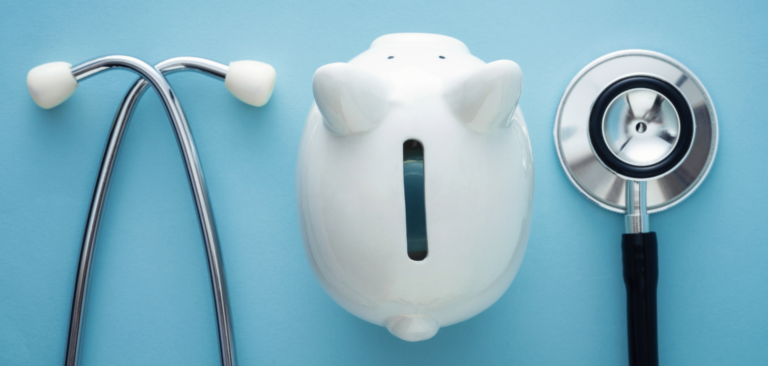
Trains, Planes, and Automobiles in Specimen Transportation
Extract helps speed the processing of lab order information, especially after the external lab specimen is received by the external lab. Extract has written about order entry automation in the past, but there is often a harrowing trip for specimens before they hit the performing lab’s receiving door and before we ever get involved.
Planes, trains, and automobiles (not the 1987 movie with John Candy and Steve Martin) are the most likely transport for external lab specimens. Each method has its very own set of risks factors, but climate and temperature can affect any transport method. Imagine the extremes experienced by Arizona and Minnesota, and most recently in Louisiana. On June 20, 2017, the temperature at the Phoenix airport hit 120 degrees. It was so hot and the air so “thin” that airplanes couldn’t get enough lift and fights were grounded. On January 28, 2019, a polar vortex washed over Minnesota and temperatures fell to -58 degrees.
Living in Wisconsin, I can only imagine what 120 degrees feels like, and like the airlines, I don’t think I would be going anywhere. Wisconsin experiences cold temperatures too, and I do know what cold feels like. I also know what it does to machines. Nothing wants to move when it is that cold.
On August 29, 2021, hurricane Ida crashed into the greater New Orleans, LA area. As I write this article, power is out for 1,000,000 people in New Orleans and the outages could last weeks. Roofs have been torn from their structures and the interiors soaked in rain, flooded by the storm surge. Hospitals are relying on backup generator systems. It is too early to know that the short-term or long-term impacts will be.
What is undeniable is that extreme weather is a direct threat to lab specimens and so are the delays that can be caused by the weather. Specimens are perishable and have a shelf life.
The physical shocks and motion inherent in transportation can also cause deterioration of the specimens. Test have been done to measure the effect of transportation/motion. One test, done immediately upon receipt, falsely showed increased vitamin D levels. When retested the next day after settling, the vitamin D levels fell. The specimens were then tested a third time, after being agitated as if through transportation and the false readings reappeared.
Movement within a facility can also pose a risk to the quality of the specimen. There are concerns about specimens that don’t leave the facility but are transported by pneumatic tube systems. This too has been tested. This concern is especially high for blood gas testing. Oxygen can diffuse into samples and can diffuse out of hyper-oxygenated samples.
The largest proportion of errors in clinical laboratory testing have been found to have occurred before analysis – said another way, transportation can cause significant problems and it is important for laboratories to continue studying these risks and to mitigate them wherever possible.
Source: Clinical Laboratory News, June 2021


